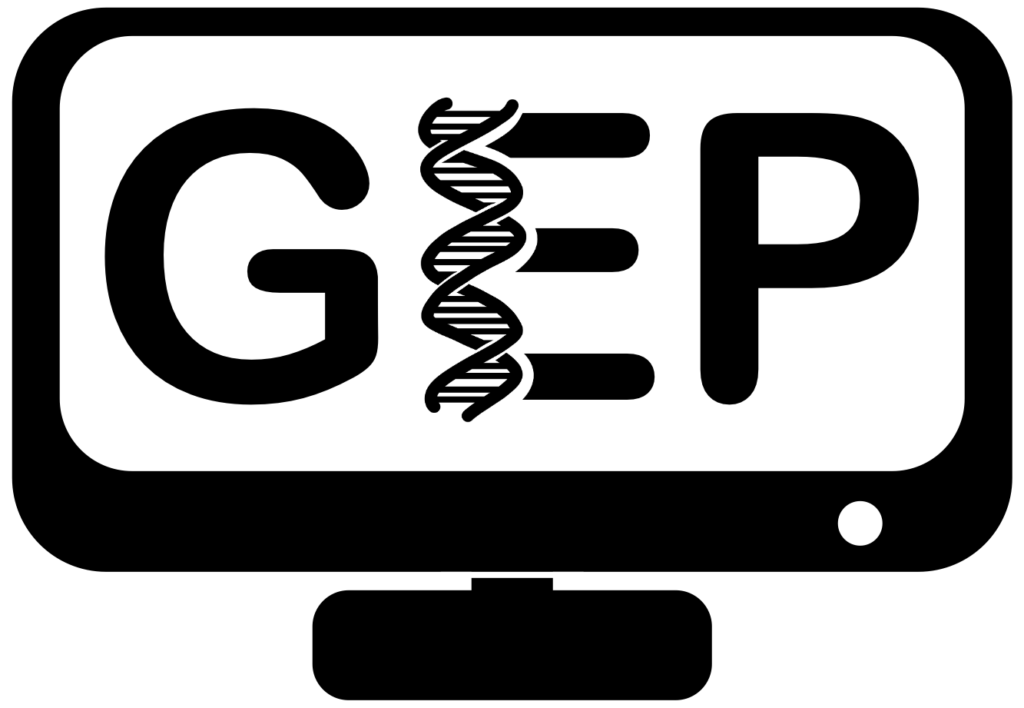Introduction to R and RStudio
This series of modules introduces students to the statistical platform R using an integrated development environment of RStudio. Both softwares can be downloaded for free. Once downloaded and installed according to Module 0, students should watch the accompanying video for an introduction to the new environment. Module 1 presents an exercise where students work with genomic sequence alignment data to learn how to construct R commands while performing basic summary statistics and making basic plots.
